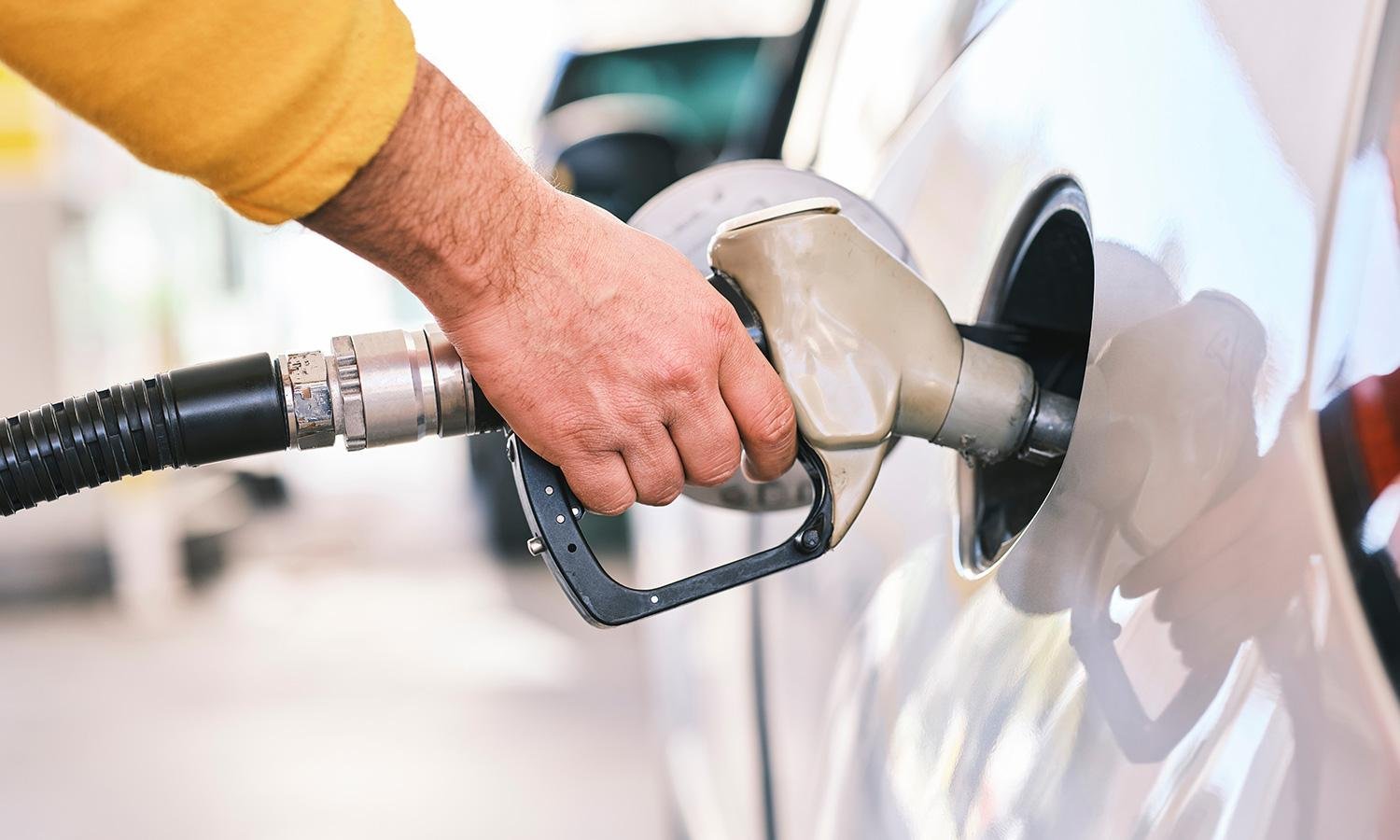With fuel prices fluctuating unpredictably and environmental concerns growing stronger by the day, improving your vehicle’s fuel efficiency isn’t just about saving money—it’s about making smarter, more sustainable choices. Even small adjustments in how you drive or care for your vehicle can lead to noticeable improvements in miles per gallon (MPG), ultimately reducing both your fuel costs and your carbon footprint.
Most drivers don’t realize that they can improve their car’s fuel economy by simply changing a few habits and paying closer attention to basic maintenance. Contrary to popular belief, you don’t need a hybrid or electric car to see better gas mileage. Whether you’re driving an old sedan or a brand-new SUV, the principles of fuel efficiency apply to every vehicle.
Smooth Driving Leads to Better MPG
Aggressive driving is one of the biggest fuel wasters. Rapid acceleration, frequent braking, and speeding all contribute to excessive fuel consumption. If you drive more smoothly—gradually accelerating and decelerating—you can improve fuel efficiency by as much as 15 to 30 percent on the highway and 10 to 40 percent in stop-and-go traffic. Using cruise control on long highway drives helps maintain a consistent speed and minimizes fuel waste.
Another simple trick is to avoid idling. Letting your engine run while parked uses fuel unnecessarily. If you’re waiting more than a minute or two, it’s more efficient to turn off the engine. Modern cars are designed to restart easily and don’t require long warm-up times.
Keep Your Tires in Top Shape
Under-inflated tires can reduce your gas mileage by around 3 percent and increase tire wear, costing you more in the long run. Check your tire pressure at least once a month and always before a long trip. The correct pressure is usually found in your vehicle’s manual or on a sticker inside the driver’s door. Proper alignment and regular tire rotation also help ensure even wear and lower rolling resistance.
Reduce Excess Weight and Drag
Your car isn’t a storage unit. Extra weight, especially in the trunk or cargo area, forces your engine to work harder and burn more fuel. Removing unnecessary items from your car can quickly improve efficiency. Every additional 100 pounds can reduce MPG by about 1 percent.
Roof racks, cargo boxes, and bike racks can severely impact aerodynamics. Even when they’re empty, they create drag that reduces fuel economy, especially at highway speeds. Take them off when they’re not in use to help your car cut through the air more efficiently.
Stay on Top of Vehicle Maintenance
Fuel efficiency isn’t just about how you drive—it’s also about the condition of your vehicle. A well-maintained engine runs more smoothly and burns fuel more efficiently. Dirty air filters, worn spark plugs, and old motor oil all reduce performance. Follow the maintenance schedule outlined in your owner’s manual for oil changes, air filter replacements, and fuel system cleanings.
Don’t ignore your check engine light. Many fuel-saving components—like the oxygen sensor or mass airflow sensor—can become faulty and cause a significant drop in MPG. Fixing these issues not only restores performance but also reduces emissions.
Choose the Right Fuel and Oil
Most vehicles don’t need premium fuel unless the manufacturer specifically recommends it. Using higher-octane fuel in a car designed for regular unleaded doesn’t boost performance or fuel economy—it just wastes money. Also, use the correct grade of motor oil as specified by your car’s manufacturer. Using the wrong type can reduce efficiency by 1 to 2 percent.
Combine Trips and Avoid Traffic
Short trips taken with a cold engine consume significantly more fuel. When possible, combine errands into one longer outing to reduce the number of cold starts. You can also plan your routes to avoid traffic congestion, construction zones, or areas known for frequent stoplights. A little planning can go a long way in saving fuel.
Monitor Your Driving With Apps or Displays
Most modern cars come with fuel economy displays that show real-time MPG. Pay attention to them while driving—they give immediate feedback on your habits and help you make smarter decisions on the road. Smartphone apps and aftermarket devices can also track fuel efficiency, alert you to maintenance issues, and suggest improvements.
Fuel Efficiency Comparison Chart
Here’s a quick chart showing how various changes can impact your vehicle’s fuel economy. The numbers are approximate but demonstrate the potential gains from small actions.
| Change or Habit | Estimated MPG Improvement |
|---|---|
| Smooth Driving (no aggressive stops) | Up to 30% |
| Maintaining Tire Pressure | 2% to 3% |
| Removing Roof Rack or Cargo Box | 5% to 10% (highway) |
| Regular Vehicle Maintenance | 4% to 10% |
| Reducing Excess Weight | 1% per 100 lbs |
| Using Cruise Control | 4% to 7% |
| Avoiding Idling | Up to 19% (city driving) |
| Using Correct Motor Oil | 1% to 2% |
This chart shows how small changes add up. Implementing even a few of these can result in substantial savings over time.
Better Efficiency Starts With Small Habits
Improving your car’s fuel efficiency doesn’t require big investments or drastic lifestyle changes. With a little attention to detail, better habits behind the wheel, and consistent maintenance, you can increase your MPG and reduce your environmental impact. Every gallon you save helps your wallet—and the planet.
The more mindful you are about how and when you drive, the more control you’ll have over your fuel costs. These tips are not only practical but also easy to implement. Try them out one by one and watch your gas mileage improve steadily without sacrificing comfort or convenience.
Frequently Asked Questions
Does using the air conditioner reduce fuel efficiency?
Yes, especially at lower speeds or when idling. The AC compressor puts additional load on the engine, which increases fuel consumption. However, at highway speeds, the impact is smaller than driving with the windows down, which creates drag.
Is it better to drive with windows down or use the AC?
At city speeds, windows down is usually more efficient. On highways, open windows create more aerodynamic drag, making AC the better choice for fuel economy.
How often should I check tire pressure for best fuel efficiency?
You should check your tire pressure at least once a month and before any long trips. Proper inflation helps reduce rolling resistance and improves gas mileage.
Can driving slower actually save fuel?
Absolutely. Most cars are most efficient between 45 and 65 mph. Driving faster than that increases wind resistance and fuel consumption significantly.
Do fuel additives help improve MPG?
Most over-the-counter fuel additives offer minimal benefits unless your fuel system is dirty or your vehicle is older. It’s better to focus on regular maintenance and good driving habits.
Will synthetic oil improve my car’s fuel economy?
In many cases, yes. Synthetic oils reduce friction better than conventional oils and can help improve fuel economy slightly, especially in high-performance or turbocharged engines.

